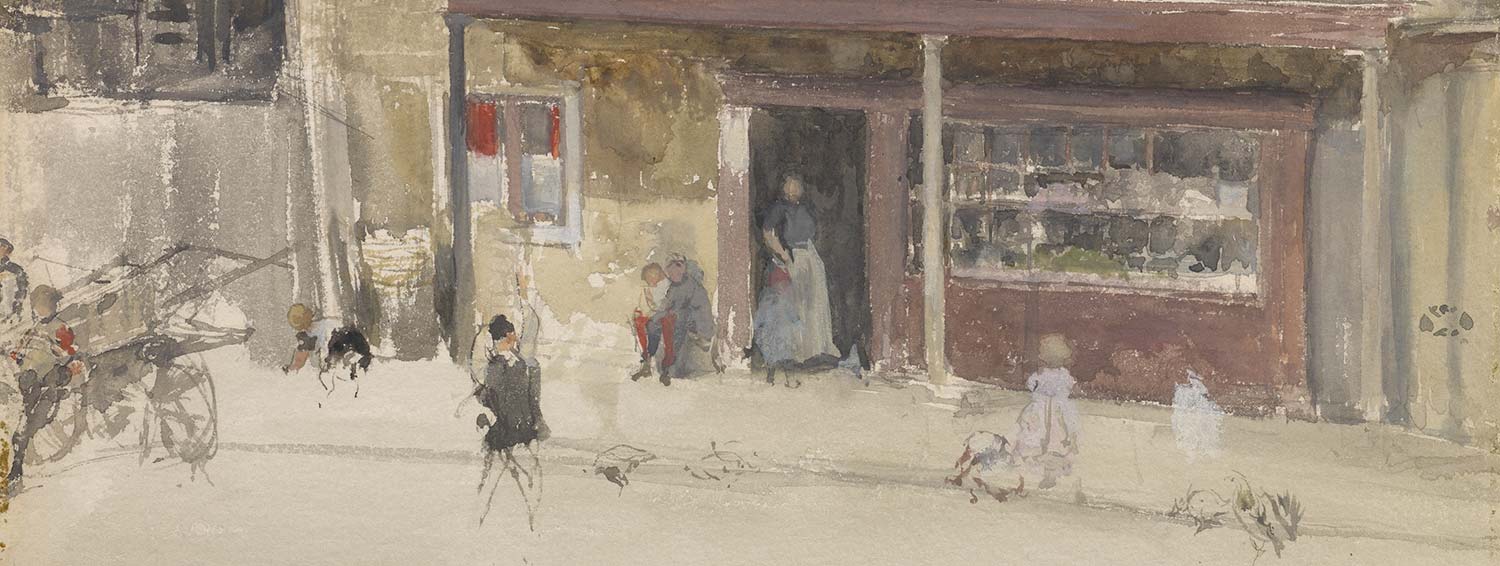Founded in 2010 the Lunder Consortium for Whistler Studies is dedicated to nurturing, producing, and disseminating original scholarship and critical analysis of James McNeill Whistler and his international artistic circles. The consortium members are the Art Institute of Chicago, the Colby College Museum of Art, the Freer Gallery of Art and Arthur M. Sackler Gallery, Smithsonian Institution, and the University of Glasgow. As the guardians of the world’s largest and finest collections of works by Whistler, we share a responsibility to increase public understanding of this internationally significant artist and the rich cultural contexts in which he worked.
The consortium, supported by the Lunder Foundation, was formed to provide a structure that fosters collaboration and coordination across institutions with an interest in Whistler and his times. In the past two decades, Whistler studies have expanded to include conservation science, cross-cultural analysis, and interdisciplinary approaches, as well as important new monographs, a wide range of exhibitions, edited correspondence, and catalogue raisonnés. Our mission is to provide ongoing institutional support for such studies and to make Whistler scholarship available to a wide range of audiences, including art historians, museum visitors, and students at all levels. Please contact Elizabeth Finch, Chief Curator at the Colby College Museum of Art, at efinch(Replace this parenthesis with the @ sign)colby.edu for additional information.
Whistler: Life and Art
James McNeill Whistler (1834–1903) was born in Lowell, Massachusetts, lived in Russia as a young child, and attended the United States Military Academy for three years. When he was twenty-one, he left the United States, never to return, although he always maintained his citizenship. He first went to Paris to study art with the painter Charles Gleyre. Four years later he moved to London, where he was to spend most of the rest of his life, with significant periods in Venice and Paris. While he achieved fame as a painter, executing such signature works as Arrangement in Grey and Black: Portrait of the Artist’s Mother, of 1871, and his impressionistic, proto-abstract Nocturnes, he was also an extremely serious and innovative printmaker, executing some 450 etchings and drypoints and approximately 180 lithographs throughout his career.
Banner image: The Shop–An Exterior, 1883-85, watercolor and pencil on paper, Colby College Museum of Art, The Lunder Collection, 2013.307.
